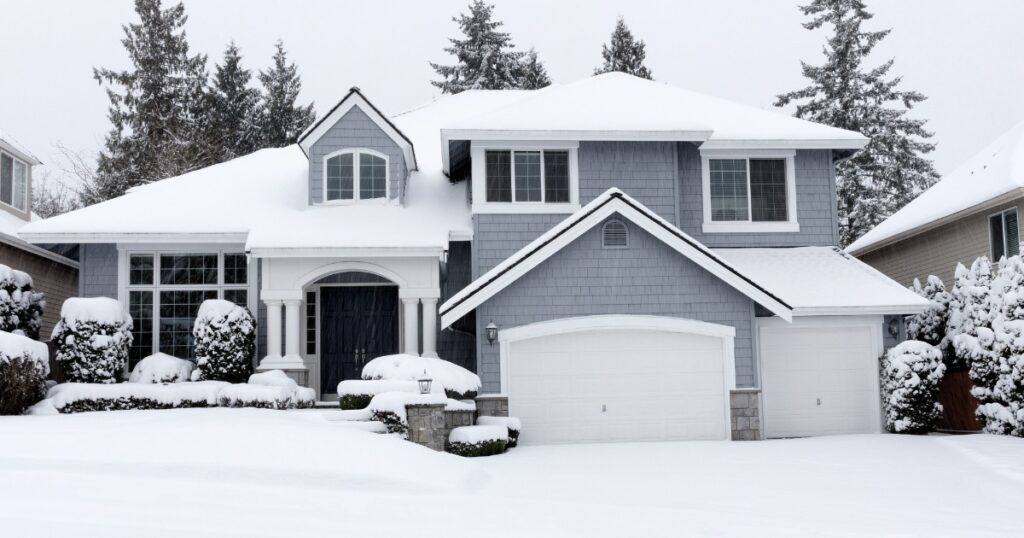DIY is more than a hobby or pastime in the UK. For some, it is essential, as the cost of buying or moving house continues to rise significantly. Whether updating the home to suit new needs, or renovating a new home to meet your standards, DIY is the most cost-effective path to domestic bliss.
DIY waits for no one, though, and even in the winter, you may find yourself with a long list of renovations and decorations to work your way through. What are the best ways to keep yourself safe while DIYing in the colder months?
Creating Safe Working Conditions
Wherever you find yourself working, and whatever task you are given to completing, you should take some extra time to ensure that your working environment is safe for you to start in. For example, if you are conducting some outdoor landscaping work, or preparing wood batons for a stud wall outside, you would be wise to grit the floor before you start. This way, you mitigate the risk of slipping and injuring yourself on ice.
An extra five minutes clearing ice, dirt and debris can make all the difference, in more than one way. Not only are you reducing slip risk, but you are also giving yourself solid ground to set your portable bench or jig up on. This reduces the risk of tool-related injury from slipping equipment.
Protecting Yourself
DIY can be a dangerous activity at the best of times, and personal protective equipment (or PPE for short) should always be worn when undertaking home improvements of any kind. But the winter poses fresh challenges and new, elevated risks, meaning you should ensure your stocked up on a much wider-ranging supply of PPE.
Gloves are more essential than ever before when working with wood or masonry in cold conditions. Cold air can make it harder for your fingers to move precisely, and increase your risk of injury through mishandling things. Gloves will keep you warm while you work. Likewise, a good hat can keep you warm as well as keep your hair away from power tools and equipment.
Asking for Help
Another all-weather challenge presented by DIY tasks is that of difficulty. Some jobs are best left to the experts, and even if your budget is particularly tight you mustn’t rely solely on your own steam to complete your work.
Certain jobs can become all the harder in the winter, as material properties change, and equipment behaves differently. For landscaping work, the hardening ground can make it impossible to dig by hand – leading you to require the services of a licensed digger to finish the works. On a simple level, a problem shared is a problem halved; simply inviting a friend or relative to help you can reduce the risk of injury, and keep you accountable for one another’s safety.
Keeping Spaces Ventilated
Lastly, a natural response to cold weather is to batten down the hatches inside, for both warmth and energy efficiency. But where interior decorations are concerned, this can pose a serious health risk. Even if a little heat is lost, it is key that you keep rooms under decoration well-ventilated. Fumes from wallpaper stripping, painting and other tasks can lead to serious health risks if not wicked away by air currents.

